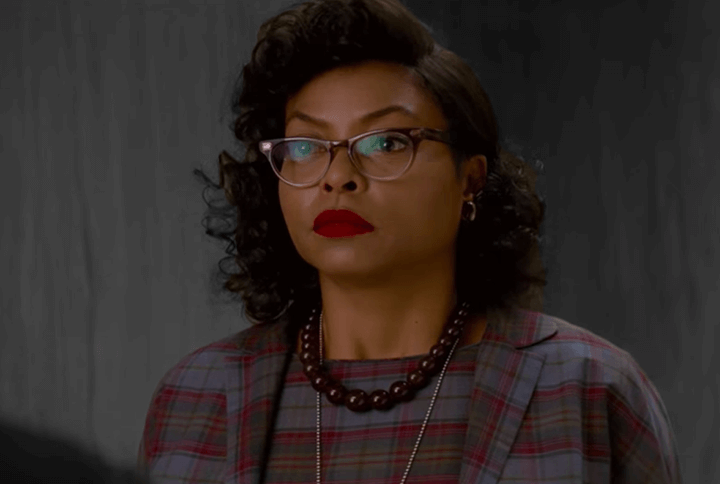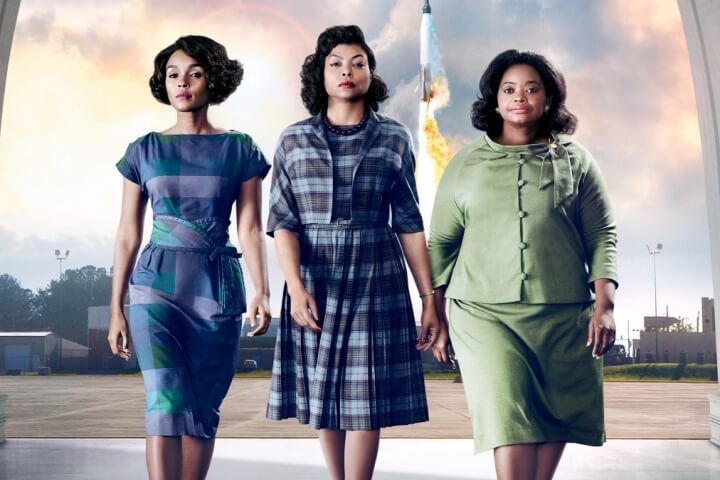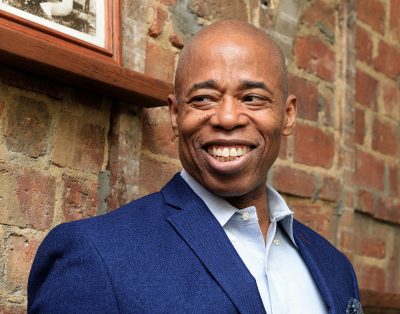Skipping Primes: On Watching Hidden Figures
On opening weekend, the theater I have selected does not play Hidden Figures in its primary auditorium. That auditorium is reserved for Rogue One: A Star Wars Story, which has been out for several weeks. This smaller auditorium is filled to capacity. It was the former balcony of the primary auditorium that has since been converted. During Jim Crow, theaters were segregated, and black filmgoers in America could only watch from the balcony seats. The setting is not lost on me. In 2017, this placement for a black film is unintentional; the lack of faith in its potential is not. The theater did not expect the film to perform so well.
On December 24, 2016, Octavia Spencer tweeted at her fans, asking that audiences check to make sure their tickets said “Hidden Figures”. “Sometimes they don’t credit our films with our box office!” she wrote. This is not an uncommon tactic. Theater earnings from box office sales are almost always a function of the film’s age. On opening weekends, theaters keep only a fraction of ticket sales, somewhere around 10%. The rest goes to the studios. This is how the latter makes money and why the former hopes you’ll spend $4.50 on a small drink. Handing audiences a ticket for an older film means a theater is likely to reap a larger percentage of the sale. It is easier to get away with this with certain films. (Guess which.) At the time of this writing, Hidden Figures has pulled in nearly $90 million on a $25 million budget despite these infrequently acknowledged constraints and illicit practices. Back in my auditorium, the film is delayed. People struggle to find empty seats. The lights finally dim. There are three trailers. The first two are about black beasts in love with white women. The third is Silence. They are selling us narratives of taming savages that span the globe. Someone yawns audibly. I am in Oakland. The audience here is mostly black. And we are waiting. We are always waiting.

The first time I heard about Katherine Johnson was in Astrophysics 2. The class was part of the core curriculum for those majoring in astrophysics at my alma mater. In 2005, I was one of those people. My area of interest involved quasars and gravitational microlensing. My daily language was one of accretion discs and active galactic nuclei. I was also the only black person in my class, which meant I’d likely be the only black person in my future classes as well. It didn’t take much looking around. I was the only black person in my linear algebra course. One of the few in the entire physics building at all. And I was used to it.
From sophomore year until high school graduation, I’d been the only black person in my honors and advanced placement classes, and I’d worked hard at trying not to notice. I dove headfirst into my work. The more I could understand about the universe, the less I worried about understanding myself. Literature had always been an escape. The mathematical formula was a lonely place (later, I’d discover so was the sentence). My nose had all but been born in a book; I couldn’t get enough of them. I loved words, but I lived for numbers. And in 2005, after years of being the only, I was also severely depressed. I didn’t see it at the time. Therapy never crossed my mind, and in truth, I wouldn’t have known who or how to ask about it. I simply stopped being able to see a future for myself, and then I stopped appearing altogether. I did the only that made sense to me at the time. I gave up. I ran from the sole pursuit in my life since childhood. And I’ve never forgiven myself for it. Not even now.


To say that I’ve waited for a film like Hidden Figures my entire life would be an understatement. Not only because of the importance of recognizing what these three heroes accomplished at NASA under Jim Crow, but to see this singular experience of isolation conveyed so mercilessly in Taraji P. Henson’s portrayal of Katherine Johnson’s work environment. To bask in the sense of community and family that helped her endure.
Dr. Chanda Prescod-Weinstein, an astrophysicist, recently talked to Gizmodo about being one of 66 black women to receive a PhD in physics between 1973 and 2012. “The idea of being supervised by a black woman who is already tenured faculty and working in my field is actually literally impossible,” she states. She worries people will think the lack of diversity they see in Hidden Figures has been overcome. “They won’t realize that the last black American woman to get a PhD in theoretical cosmology left the field immediately upon graduation from her PhD program.”
Hidden Figures is what I wish I’d had as a kid instead of Apollo 13. Taraji P. Henson, Octavia Spencer, and Janelle Monáe are the disadvantaged others working with rockets I wish I could have rooted for as a teen instead of the white men of Gattaca. This movie is more than inspiration for a younger generation: It’s closure for black women with a passion for STEM who, for one reason or another, never made it. For those who saw their past selves reflected in the young girl who passed the time by counting numbers and skipping primes. For every black woman who hadn’t heard the words “Euler’s theorem” in years, who probably never would again, but who sat up straighter in the theater upon doing so.
With recent Oscar announcements, three of which are for Hidden Figures, there is talk about #OscarsSoWhite being a thing of the past. That the trend of all-white actor nominations not extending into a third year indicates a turning point. Despite celebrated actors’ inability to avoid conflating Hidden Figures with another prominent black film, Fences, some are arguing the Academy has once and for all solved its diversity issues. It has not. If it had, Viola Davis wouldn’t have needed to enter in the Best Supporting Actress category for the Golden Globes and Oscars when she clearly played a lead. “In gunning for the Supporting Actress award, Davis seemingly took a cue from her character in Fences,” wrote Collier Meyerson for Fusion. “White women have driven the truck for so long. The last time a black woman won a Golden Globe for Best Actress in a drama was Whoopi Goldberg for The Color Purple in 1986.” Doing what you can with what they’ll give you, even when you deserve more, is a familiar theme for black artists. Moonlight, Fences, and Hidden Figures, all Oscar nominees, had a combined budget of $54 million; they’ve since grossed a total of $154 million. The stories are there. The actors are there. The audience is also there, to the extent the studios will allow.
You might also like 



















